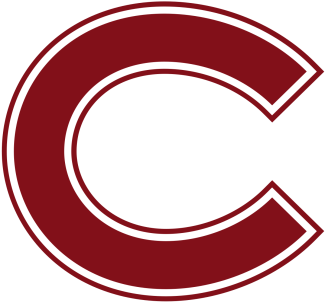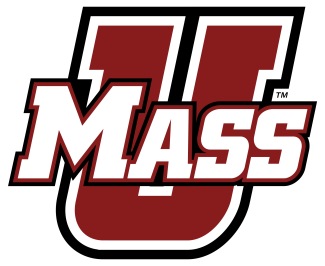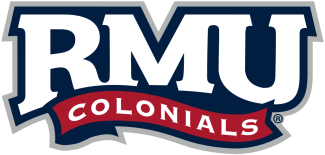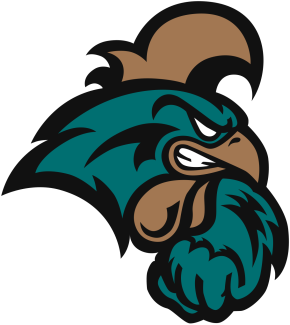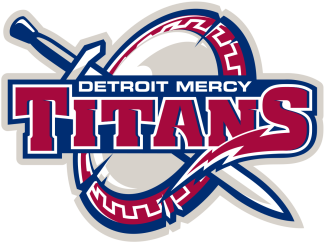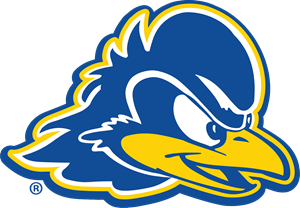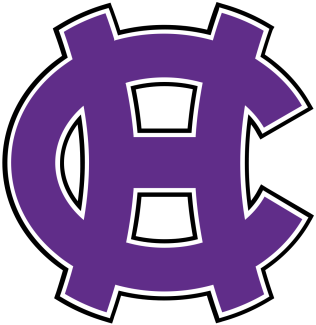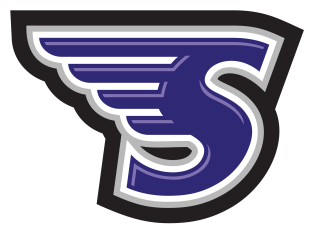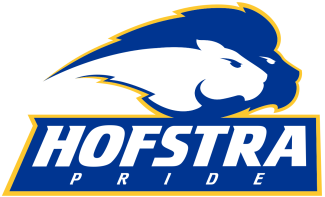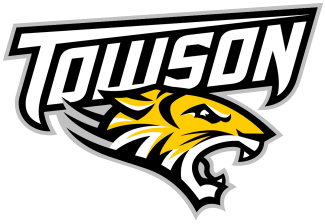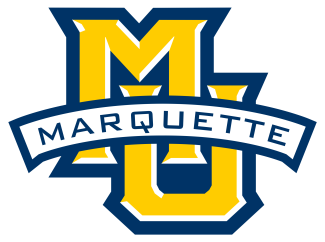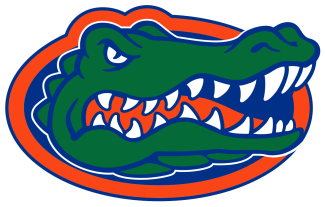US Lacrosse Magazine welcomes ESPN play-by-play announcer Anish Shroff as a contributor for the 2020 college season. Shroff’s columns will run every Tuesday on USLaxMagazine.com, including “Deleted Scenes” from ESPN broadcasts and weekly top-10 rankings.
The beauty of lacrosse lies in its connectivity. Each position and each movement impacts the other. A well-timed slide leads to a poor angle shot. A poor angle shot leads to a save. A save leads to an outlet and a clear. A dodging midfielder draws a slide to move the defense. A few passes later, a crease attackman finishes on the doorstep.
Strike the cymbal.
Each artery has a hand in the outcome, even if the box score only pays heed to a few. But after a goal, the movement stops. The game of a thousand moving parts hits pause. It becomes mano a mano on a lonely island at the center of the field.
No position in lacrosse is more misunderstood or more technical than the faceoff. But the heart of the craft lies beneath the helmet.
“Faceoffs are 90 percent mental,” says Faceoff Academy coach and co-founder Greg Gurenlian. “If you lose one or two, it’s an isolating place. You can vent all you want, and no one can help you except other faceoff guys.”
For Gurenlian, the mental exercise begins with scouting. Not the opponent, but the official.
“How many steps back does the official take from the time he says, ‘Set,’ until he blows the whistle?” he asks. “What do they let your opponent get away with? What do they let the wings get away with?”
Knowing the officials is part of the mental checklist for four-time first team All-American Trevor Baptiste, too.
“I want to know which ref is blowing the whistle,” he says. “Some guys have a faster whistle. Some have a slower whistle. Usually after the first two or three faceoffs, you know exactly how they’ll call it. They have tendencies just like players.”
The mind games begin long before the opening faceoff.
“The first one is the hardest,” Gurenlian says. “You sit around all day waiting. Odds are so high of false starting. Pregame, you need to drill yourself into the ground so the first faceoff feels like your 10th faceoff.”
In a game that often pivots on emotion or “juice” plays, the faceoff demands zen-like detachment.
“As soon as we score, I take a 5-yard separation from the team,” says Yale’s All-American TD Ierlan. “You can’t get too excited. You can’t get too low.”
“I’ll do a lot of breathing exercises,” says Baptiste. “Inhale for four seconds. Exhale for four seconds. I do it two to three times to get back to neutral.”
Gurenlian calls adrenaline a faceoff artist’s “greatest enemy.” It’s an enemy that grows exponentially stronger after a faceoff goal.
“When you score off a faceoff, that’s a huge momentum swing. Your team is juiced up, and you’re juiced up,” Baptiste says. “Right after that, you’re breathing heavy, and that’s when you go early. You have to battle yourself and bring yourself back to the moment. The most important faceoff is the next one.”
After each draw, it’s largely on the player to make adjustments. Sometimes, the other members of the faceoff unit will offer insight, but most coaching staffs at the collegiate level are unable to offer any tangible advice. An adjustment from the coaches usually results in a substitution.
“It’s so much harder to be in the zone as a faceoff guy,” Gurenlian says. “You lose a couple and you sit on the sidelines. You’re alone.”
Losing faceoffs used to take a toll on Baptiste.
“Early in my career when I’d lose a faceoff, it would really upset me,” Baptiste says. “[Denver head coach] Bill Tierney told me not to let your emotions come into play. Be analytical. Figure out how and why you lost.”
It’s all about moving to the next one.
“I remind myself there’s going to be 30 faceoffs, sometimes 40,” Ierlan says. “You’re not going to win them all.”
“I tell my guys that you can’t feel bad for yourself once you get to the sideline,” Gurenlian says. “That’s when you have to be analytical. Self-diagnose. Self-correct. The best guys adjust and have great second half numbers.”
Baptiste says self-diagnosis requires hunting for tells like a poker player.
“Is he standing or is he on a knee? If he’s on a knee, he’ll clamp or tie you up most of the time. If he’s standing up, it’ll be more of a rake to get it out in space, or they may go initially and then try to beat you to the ground ball.”
But with all the inputs and checklists, there’s an off switch, too. Tabula rasa.
“Once you go down, you can’t be thinking about anything,” Baptiste says. “If you are thinking at the whistle, you’ll be too slow.”
“When I approach the X, my mind goes blank,” Ierlan says. “I’m Patrick Star from ‘SpongeBob’ with the drool.”
“When you get in that zone, it’s like ‘The Matrix.’ Things happen really slow,” Baptiste says. “Let that feeling propel you. You’re Morpheus. You’re just chilling.”
Zen teaches us that the self is the obstacle. The axiom holds true in the circle, too. “If you beat yourself,” Ierlan says, “the other guy will beat you.”
Therein lies the truth. The battle at the ‘X’ is as much man versus man as it is self versus self.





